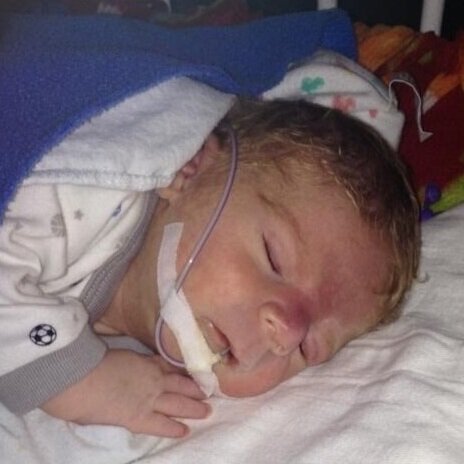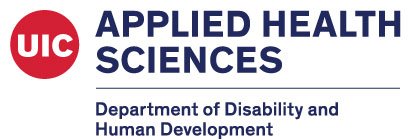What is AAC?
Augmentative and alternative communication, or AAC, is a term used to describe various methods of communication that can help people who are unable to use verbal speech to communicate.
Why AAC?
The growth in technology has led to great AAC equipment inventions that are designed to help nonverbal individuals overcome unique communication barriers and interact with others. Anyone whose communicative need is not being met by their current communicative ability can use an AAC. Additionally, AAC systems provide an active method of communication, which tends to promote verbal speech as well as help the user develop receptive and expressive language skills. For more information about AAC benefits and use with Autism Spectrum Disorder, visit https://www.aacandautism.com/why-aac.
Types of AAC
There are two types of AAC: unaided and aided. Unaided AAC include gestures, body language, facial expressions, and sign language. Aided AAC can be further categorized as low-tech, mid-tech and high-tech. Low-Tech AAC incorporate pointing to letters/words/pictures, and picture exchanges while mid-tech utilizes more static or one message displays. Finally, high-tech AAC, the most evolving form of AAC, includes speech-generating devices with choices catered to an individual’s communicative intentions, needs, and interests. High-tech AAC devices are entirely electronic, rely heavily on programming and device use training, and expensive. The cost for a high-tech AAC device such as a speech-generating device or an iPad with communication applications (apps) is often steep and not always covered by insurance. This reality may discourage families from pursuing high-tech AAC devices, but this does not need to be the case. For an overview of high-tech AAC devices visit
Photo of a high-tech AAC device screen specifically programmed for an individual’s commonly used categories, requests, and phrase.
http://www.specialkidstn.com/therapyandnursingblog/2017/4/10/high-tech-aac-devices
Access to AAC Devices
In my search for affordable and alternative ways to access AAC devices, I stumbled across Assistive Technology lending organizations, or Assistive Technology lending libraries, if you will, that offer AAC equipment to be borrowed and trialed. While borrowing an AAC device is not a permanent solution, it may serve as a great opportunity for families and individuals seeking high-tech AAC equipment to try different kinds of devices and get a feel for what AAC method may suit them best.
Each state that offers assistive technology lending has its own criteria. In Wisconsin, for example, the Assistive Technology Lending Center (ATLC) lends AAC equipment for trial purposes for paraprofessional educators working with students with IEPS or students with IEPS. You can find more information here: http://www.atlclibrary.org/ .In Michigan, students grades K-12 with IEPS are able to borrow AAC devices with Alt+Shift. In Illinois, where I am a LEND trainee, I dug a little deeper into the services and accessibility of AAC devices. You can find more information here: https://www.altshift.education/lending-library .
While states like Wisconsin and Michigan limit their loaning capacity according to age and situation (trial new device vs. backup system while a device is being repaired), the Illinois Assistive Technology Program (IATP) lets potential alternative technology users try out devices prior to purchase, have access to a backup system when their device is in for repairs and/or have access to a device while waiting for their device to be delivered. Devices are free to loan and start with a 5 week check out period with the possibility of extensions depending on individual’s situations. IATP offers help with funding a personal device via a loan program. Additionally, IATP offers a Reuse Program in which pre-owned ACC systems and other durable medical equipment are made available to individuals with disabilities at no cost. IATP only asks that the individual use the equipment for as long as needed, and then return the equipment when it is no longer being used. You can find more information here: https://www.iltech.org/
So, What Does This Mean?
The ability to borrow AAC devices is a step in the right direction for trialing different AAC devices without the scary price tag. It is an opportunity to decide if and what type of AAC device is best suitable for an individual before committing to a single device. In Illinois, it means there is a promising opportunity for individuals who do not have insurance or whose insurance does not cover or only partially covers AAC devices. Finally, it means that as technology advances change the way people are able to communicate, society is also (slowly but surely) changing to fit the technology-based accessibility needed to grow with the advancements.
Illinois Assistive Technology Related Resources:
























